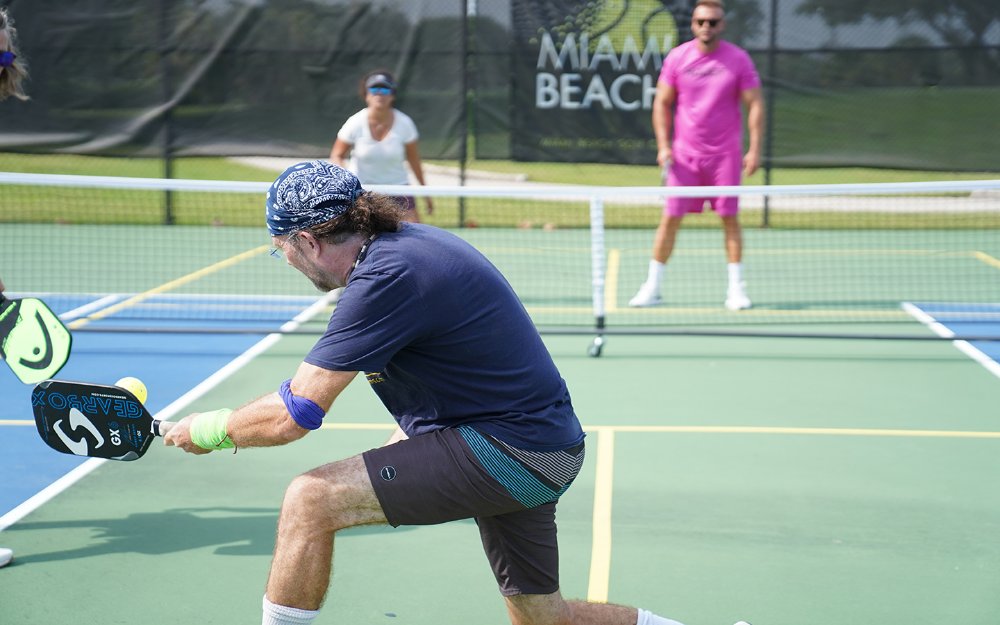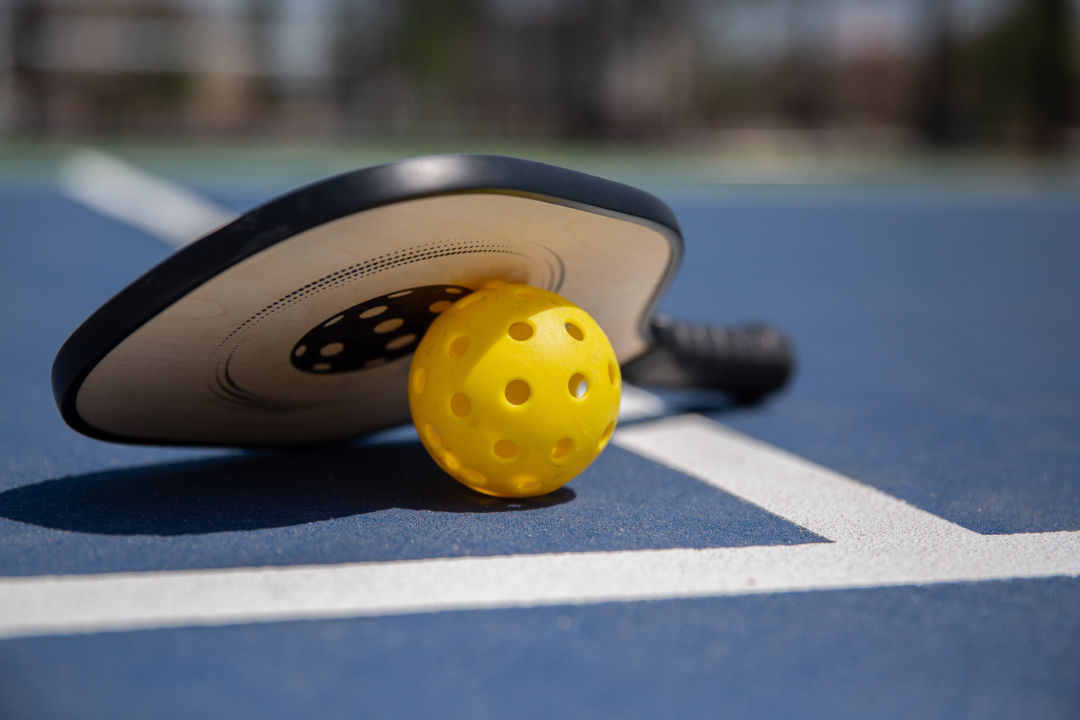Top Tips for Developing a Professional-Grade Backyard Pickleball Court in Your Yard
Top Tips for Developing a Professional-Grade Backyard Pickleball Court in Your Yard
Blog Article
Checking Out the Various Alternatives for Backyard Pickleball Judiciaries: A House owner's Guide to Installment and Maintenance
As the popularity of pickleball remains to rise, numerous home owners are considering the installment of a committed court in their backyards. This undertaking needs careful analysis of different aspects, such as the available space, ideal surface area materials, and ongoing maintenance requirements. Comprehending these components is essential for developing a functional and satisfying having fun atmosphere. The trip from perception to implementation can be complicated, motivating the requirement for a detailed overview that resolves both installation and maintenance techniques. What are the ideal methods to guarantee your court remains functional and beautiful in time?
Examining Your Space
When taking into consideration the addition of a pickleball court to your yard, exactly how can you successfully evaluate the readily available area? The very first step is to measure the measurements of your yard, making certain that you have adequate area for a regulation-sized court, which determines 20 feet by 44 feet for increases play (backyard pickleball court). It's important to account for additional area bordering the court to help with activity and enhance gameplay, commonly recommending an additional 10 feet on each side
Following, evaluate the terrain of your backyard. A degree surface is perfect for a pickleball court, as unequal ground can bring about safety threats and affect gameplay. If your lawn inclines or has obstructions such as trees or landscape design features, think about how these aspects will affect your court's place and usability.
Deciding On Court Surfaces
Selecting the ideal surface for your yard pickleball court is important for maximizing performance and gamer security. The option of court surface not just affects gameplay but also impacts the durability and upkeep of the court.
Common choices consist of asphalt, concrete, and specialized sports tiles. Asphalt and concrete offer a hard, sturdy surface that can tear and withstand the wear of regular play. Nevertheless, they can be ruthless on players' joints, resulting in increased risk of injury. To mitigate this, many homeowners choose supported surface areas or specialized finishings that provide some degree of shock absorption.
Additionally, modular sports tiles are a progressively prominent choice. These tiles are created specifically for pickleball and deal superb grip, water drainage, and shock absorption. They can also be mounted over existing surfaces, making them a versatile choice for many yards.
When selecting a surface, take into consideration aspects such as environment, budget plan, and intended level of play. An appropriate court surface will certainly improve your having fun experience while guaranteeing security and longevity for your yard pickleball court. Making an informed decision is essential for optimizing enjoyment and efficiency.
Installment Process Introduction
Mounting a backyard pickleball court typically includes numerous crucial actions that make certain both functionality and longevity. The initial step is to pick a suitable area in your backyard, taking into consideration factors such as sunshine, drain, and distance to your home. Once the site is chosen, clear the area of any plants, rocks, or particles to produce a degree foundation.
Next, lay out the measurements of the court, which ought to be 20 feet vast by 44 feet long for a typical pickleball court (backyard pickleball court). After noting the boundaries, excavate the location to a deepness of about 4 to 6 inches, ensuring proper drain. This excavation will enable for a secure sub-base
Following this, install a base layer of gravel or smashed rock to promote drainage and stability. Compact this layer completely before proceeding. After the base is set, you can pour a concrete slab or install your selected court surface products, guaranteeing they stick to the dimensions.
Maintenance Tips and Methods
To ensure the long life and performance of your backyard pickleball court, regular upkeep is necessary. Make use of a broom or leaf blower to keep the court clean, removing fallen leaves, dust, and other debris that can impact gameplay.

Additionally, check your court's drainage to protect against water pooling, which can cause surface damage with time. Make sure that the surrounding landscape routes water far from the court. Consider sealing the surface area every few years to boost sturdiness. if your court is made of asphalt or concrete.
Lastly, establish a routine timetable for upkeep tasks, consisting of seasonal checks and repair work, to maintain your court in optimum condition and all set for play. Routine maintenance not only enhances efficiency but additionally extends the life of your yard pickleball court.
Price Considerations and Budgeting
When preparing for a yard pickleball court, comprehending the various price considerations is critical for efficient budgeting. The overall expense can differ significantly based upon variables such as court size, surface area product, and installment intricacy.
Initial costs typically include website prep work, which might entail grading and leveling the land, followed by the selection of surface area-- choices range from asphalt to concrete, with each material affecting both long-lasting and in advance prices. Concrete supplies sturdiness but comes with a greater price tag, while asphalt might provide a more affordable alternative.
In addition, take into consideration the expenses associated with secure fencing, illumination, and accessories such as paddles and webs - backyard pickleball court. Fencing is important for keeping balls contained, and lights can expand playtime into the evening hours

Conclusion
In verdict, the installment of a yard pickleball court involves careful consideration of space, surface products, and maintenance demands. Selecting ideal measurements, such as the suggested 20' x 44', together with resilient surface area alternatives like asphalt, concrete, or modular sporting activities floor tiles, adds to a practical playing field. Normal maintenance and monitoring for wear are necessary to make certain the court's long life and ideal efficiency, ultimately improving the entertainment experience for all users.
A degree surface is ideal for a pickleball court, as uneven ground can lead to security threats and influence gameplay. An appropriate court surface area will Recommended Site certainly improve your having fun experience while making sure safety and security and long life for your backyard pickleball court.Next, detail the dimensions of the court, which should be 20 feet vast by 44 feet long for a conventional pickleball court. After the base is set, you can put a concrete slab or mount your picked court surface materials, ensuring they stick to the dimensions.
In verdict, navigate here the setup of a backyard pickleball court involves cautious consideration of room, surface area products, and maintenance demands.
Report this page